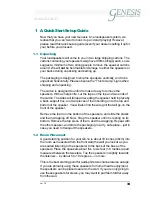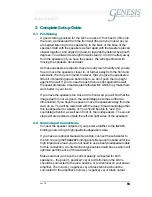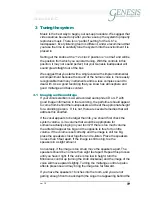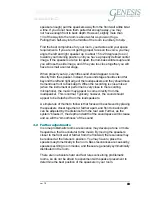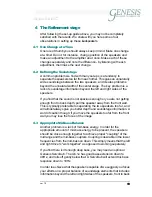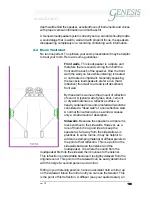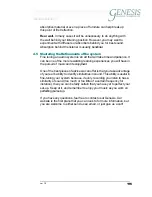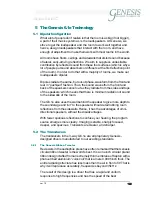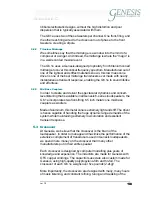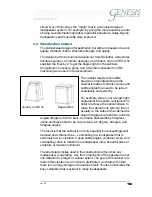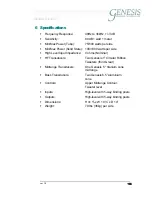
ver 1.0
8
8
absolute fidelity
speaker enough) pull the speakers away from the front wall a little bit at
a time. If you do not have them pulled far enough away, you may
not have enough front to back depth. However, slightly more than
1/3 of the way into the room is about as far as you want to go.
Pulling them half-way into the middle of the room is unlikely to help.
Find the best compromise for your room, your tastes and your space
requirements. If you are not getting proper focus on the voice, you may
angle the left and right speaker up to about 15 to 20 degrees (toe-in)
towards your listening position until you have a properly defined center
image. If the speakers are too far apart, the mid-bass will decouple and
you will lose the side image, and if they are too close together you will
have too small a center stage.
When properly set up, very little sound should appear to come
directly from the speaker. Instead, the sound stage should extend far
beyond the left and right edge of the loudspeakers and they should have
tremendous front to back depth. When the recording is close-miked
(when the instrument or performer is very close to the recording
microphone), the music may appear to come directly from the
loudspeaker. This is normal. Typically, however, the sound should
appear to be detached from the loudspeakers.
A simple rule of thumb to follow is that focus will be achieved by placing
the speakers closer together or farther apart, and front to back depth
can be adjusted by the distance from the rear wall. Further, as the
system “breaks in”, the depth and width of the soundspace will increase
and so will the “smoothness” of the sound.
3.2 Further adjustments
In some problematic rooms a resonance may develop at one or more
frequencies, that is unnatural to the music. By moving the speakers
closer to the front wall or farther from the front wall, the resonance may
be reduced at the listener’s position. You may have to place the
speakers asymmetrically in the room. Bass resonances are caused by
speakers exciting room modes, and these are generally symmetrically
distributed in the room.
There are no absolute hard and fast rules concerning problematic
rooms, so do not be afraid to experiment with speaker placement to
determine the best position of the speakers in your room.



